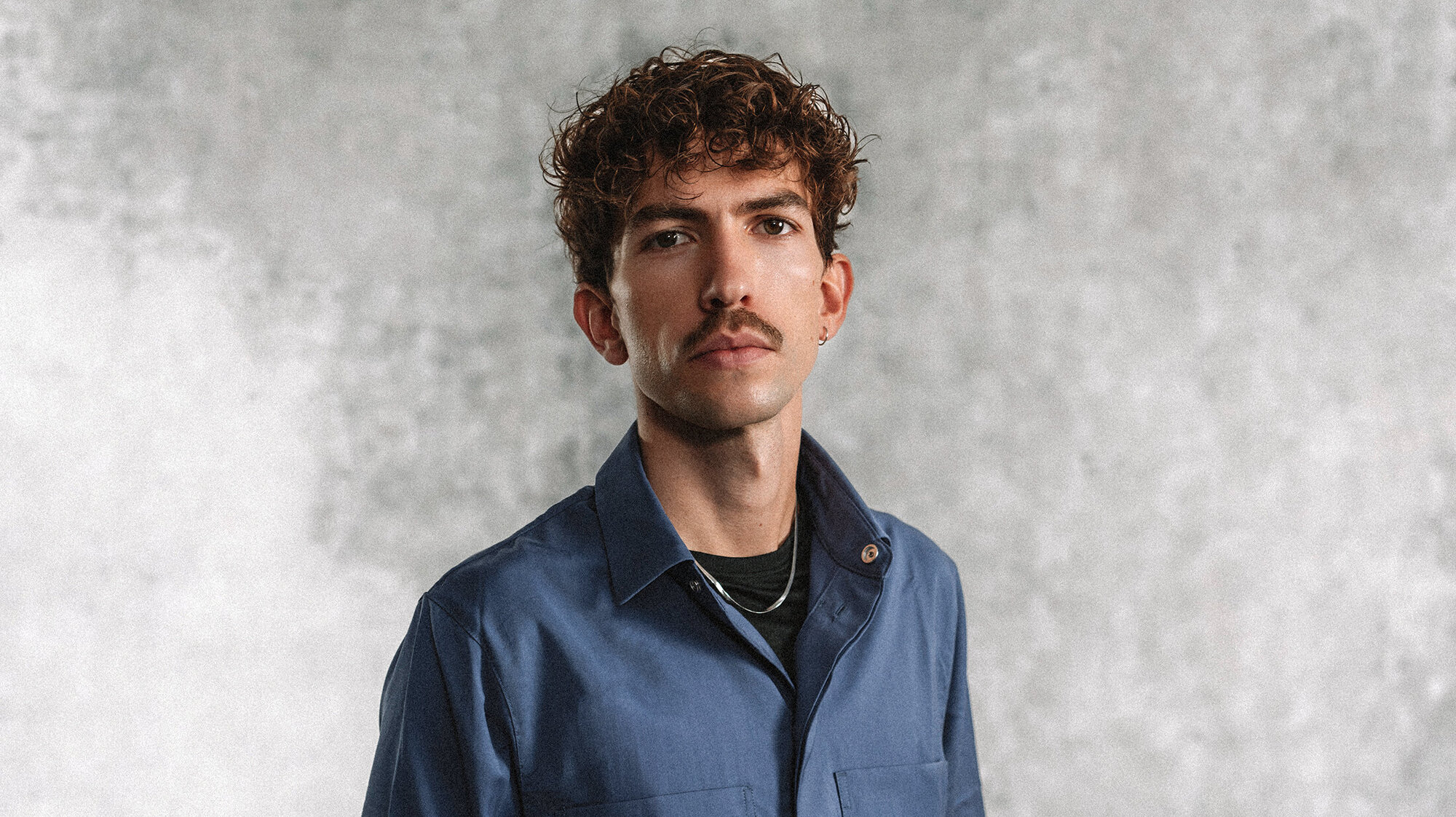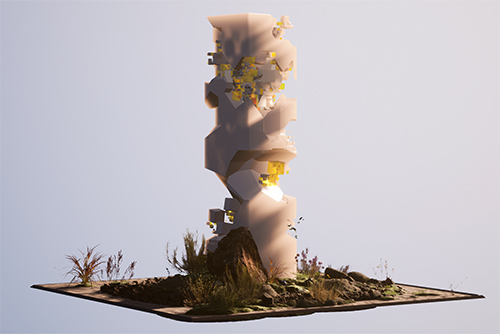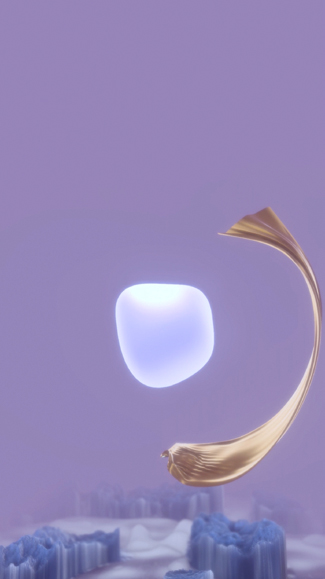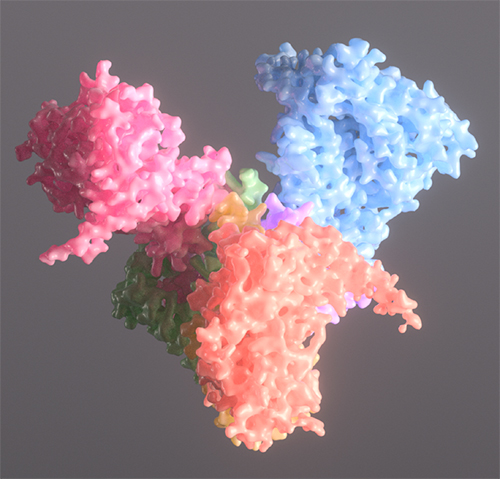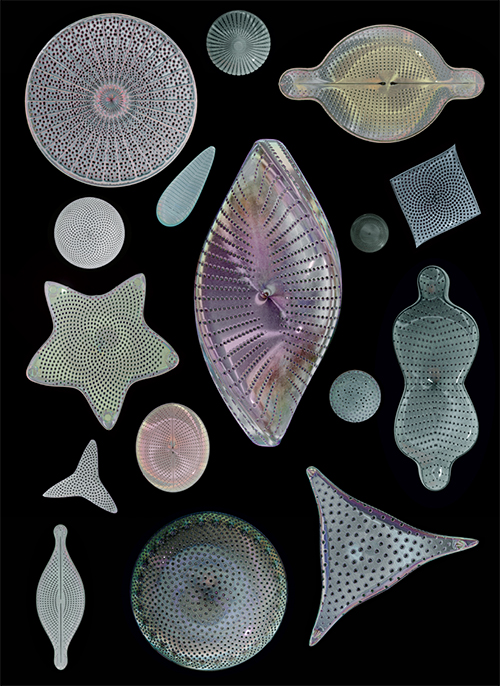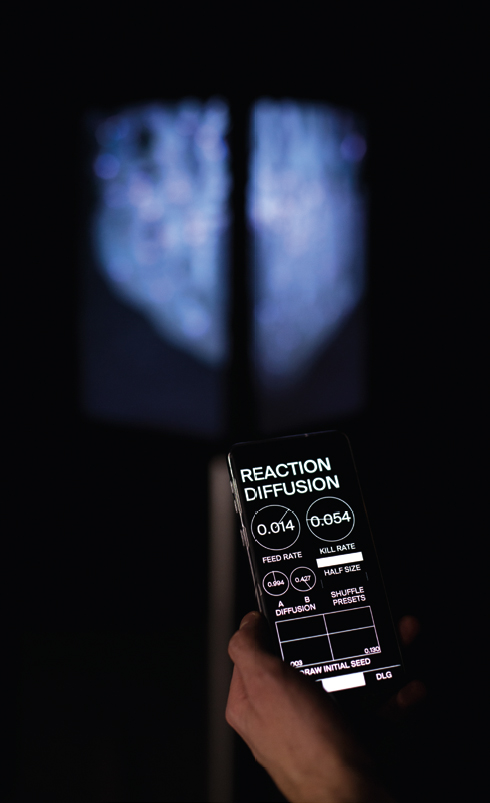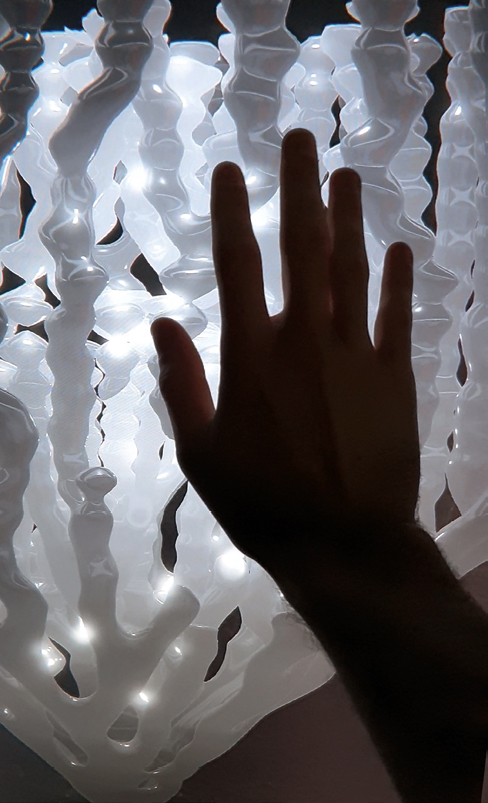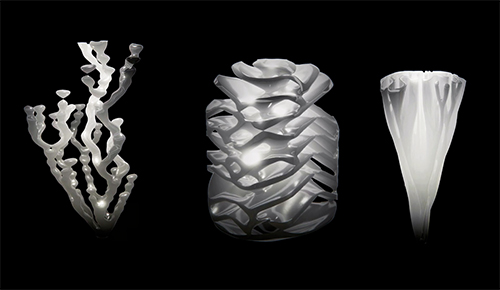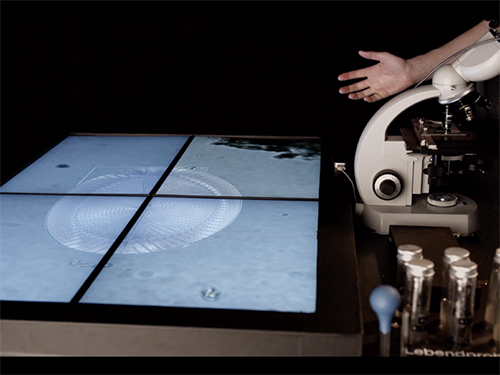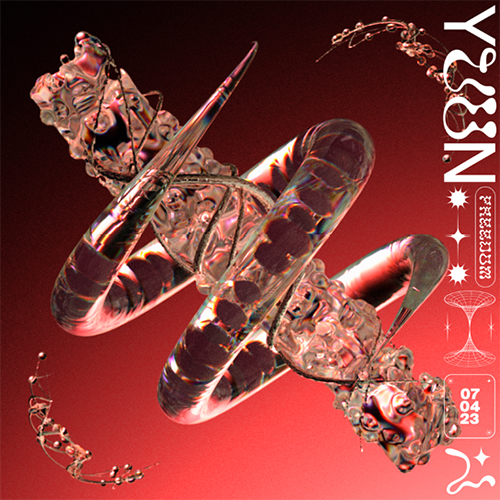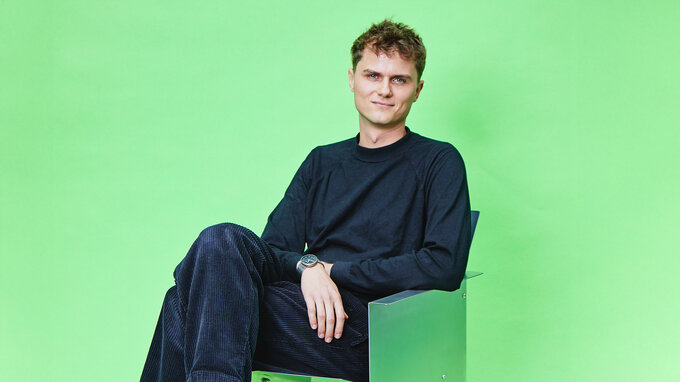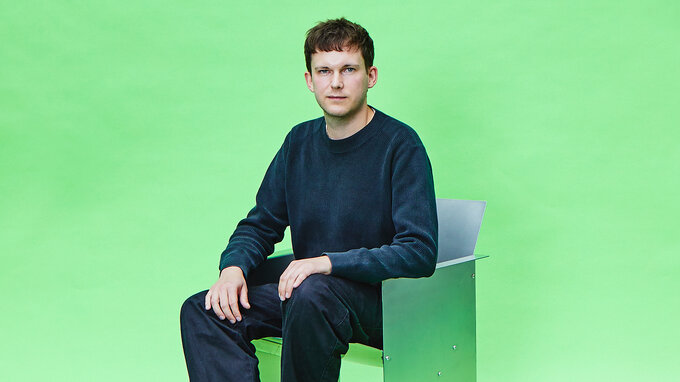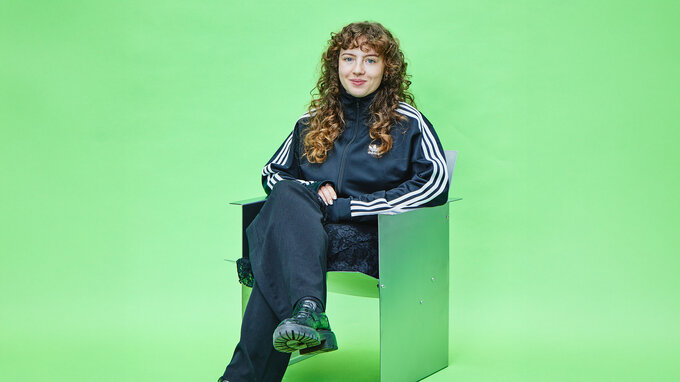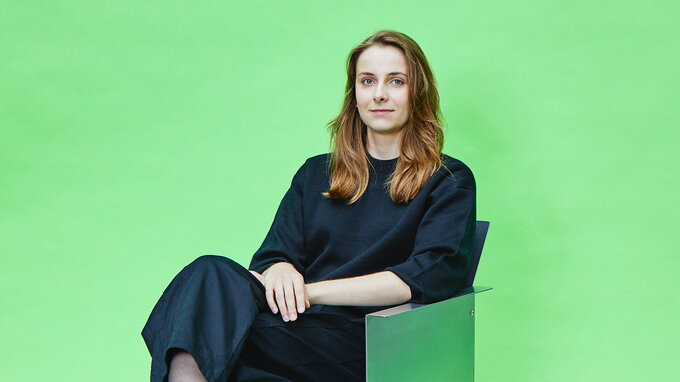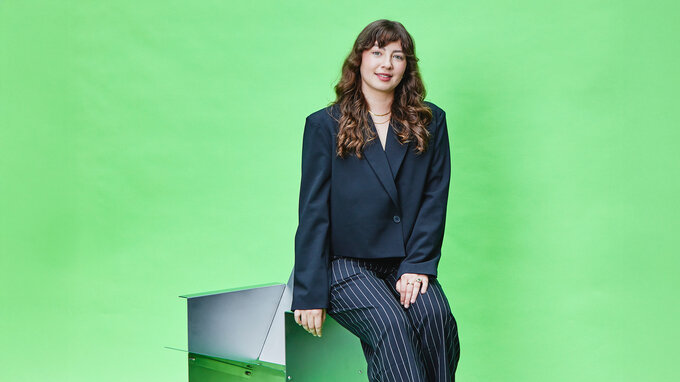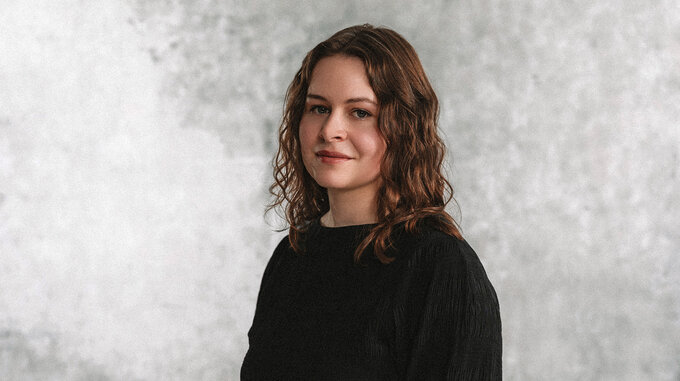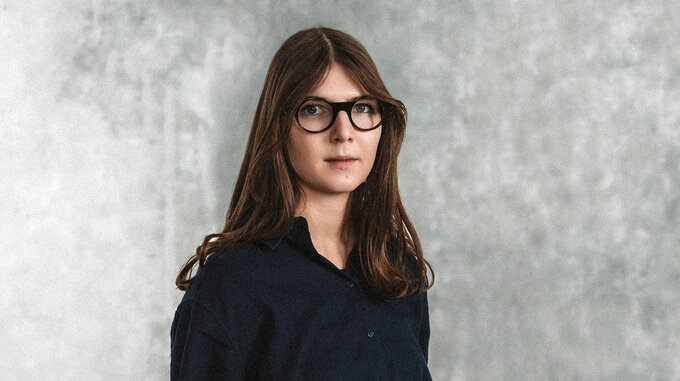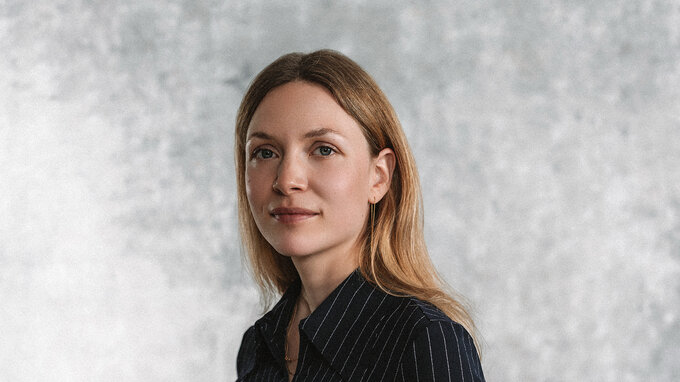Max Seeger
With a deep understanding of the possibilities offered by digital media, Max Seeger blends creative approaches with technological innovations. His design methodology straddles the realms of science, technology, and design, and he is equally interested in design methods and the creative application of coding to make complex topics accessible and to reveal the uniqueness and beauty of scientific results. During his Bachelor’s and Master’s studies at the Faculty of Design in Würzburg, he received numerous awards for his projects, including the Lumen Prize, the if Design Award, the UX Design Award, and two gold nails from the ADC.
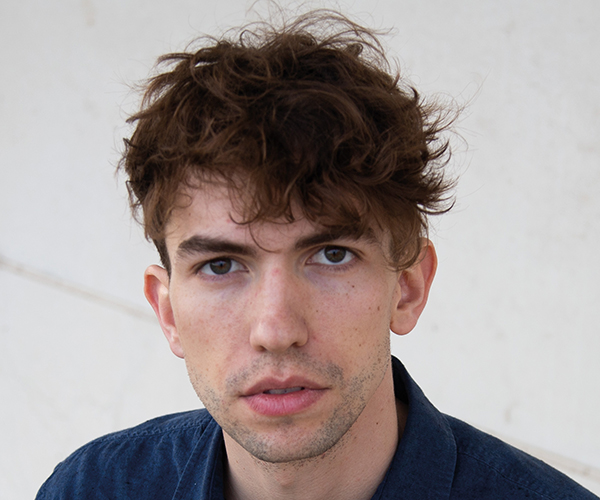
Interview with Max Seeger
Max, you describe that your design approach operates at the intersection of science, technology, and design. You are interested in design methods and the creative use of coding – to make complex topics more accessible and to reveal the uniqueness and beauty of scientific findings. You also explore new symbioses between technology, nature, and humanity. What led you to this complex design approach?
Unusually for the design field, I’m an absurdly bad drawer. This was even pointed out during my entrance exam for design school, where I had to, with a touch of irony, promise never to pick up a pencil again. I more or less kept that promise and gradually discovered digital tools, eventually embracing programming as a design tool. Coding allows design to be understood as the creation of dynamic systems that change or adapt based on human interaction, data, time, or randomness.
What fascinates me about the tension between technology and nature is that they are often seen as two extremes of a spectrum, even though, in my view, they have much more in common than what separates them. I find it exciting to simulate biological processes, organic forms, or organisms digitally to understand their principles and use them as inspiration for digital design, for example, in the spirit of biomimicry. On the other hand, I’m interested in how technology can be more symbiotically integrated into nature and interactions with humans.
With such a wide range of interests and skills, how do you decide which projects to pursue?
I’ve noticed time and again that curiosity is my strongest driver and motivator. Discovering something in a topic or idea that excites me because I didn’t know it before or don’t fully understand it yet always sparks my curiosity. The beauty of creative work is that in any field or topic, if you dig deep enough, you’ll always uncover something new.
What does AI mean for your work?
Artificial intelligence is undoubtedly the number one buzzword right now, both within and outside the design world. In the design context, I’ve noticed that discussions almost exclusively revolve around how, when, and whether generative AI will replace certain design tasks in the future, doing them equally well, or even better, faster, and cheaper. I think this debate often oversimplifies the new opportunities AI offers and misses the chance to focus on how AI can support and expand human creativity.
In my work, I find it more interesting to explore the entirely new technical and creative possibilities that arise from integrating AI models. AI tools hold immense potential for making interactions between humans and digital systems more natural, empathetic, spontaneous, or even open-ended. Whether it’s recognising human movements, interpreting emotions, interacting through natural language, recognising handwriting, or translating between different languages – including programming languages – AI models allow us to rethink how humans interact with machines and interfaces.Of course, disruptive new technologies like artificial intelligence bring not only opportunities but also risks. I believe that as designers, we should take an active role in exploring these opportunities while also drawing attention to potential risks.
With "Beethoven Recomposed," you explore accessibility by visualising a concert for people with hearing impairments. What does inclusion mean to you?
Yes, that was an incredibly exciting project where I had the opportunity to work with three other visual artists from the Berlin-based studio schnellebuntebilder to design and implement real-time visualisations for a live orchestra performance. For me, this project is an example of how digital tools can be used to expand experiences multisensorially, making them more inclusive by enabling engagement on different levels and through various senses. Additionally, generative design and virtuality offer the potential to highly personalise sensory experiences or the communication of information, allowing for entirely individualised experiences. In the future, I see opportunities—particularly through the use of AI models—to further personalise interactions with digital systems and thereby make them more inclusive.
What does the future of digital design look like, and which new technologies particularly fascinate you?
I’m rarely fascinated by specific technologies or tools. I still believe that a good story is always a good story, no matter how you tell it, and a good idea remains a good idea, regardless of the medium. In most cases, the choice of medium should depend on the requirements of the idea or story.
At the same time, I think we are still searching for new, non-linear narrative structures for modern digital technologies such as virtual, augmented, or hybrid realities, which enable a high degree of interactivity and immersion. We are also exploring ideas for visual worlds where almost anything we can imagine—or even things we haven’t yet imagined—becomes possible. Perhaps we are in a similar period of discovery as in the early years of film. The near future of digital design may involve driving this discovery process forward, focusing not on technology itself but on human needs.
What do you hope for in your professional practice in the future, from the economy, politics, and society?
Perhaps a bit more courage now and then to experiment and explore creatively. I believe the most unconventional solutions and ideas with the greatest transformational potential can emerge when there is the freedom to take new paths.

